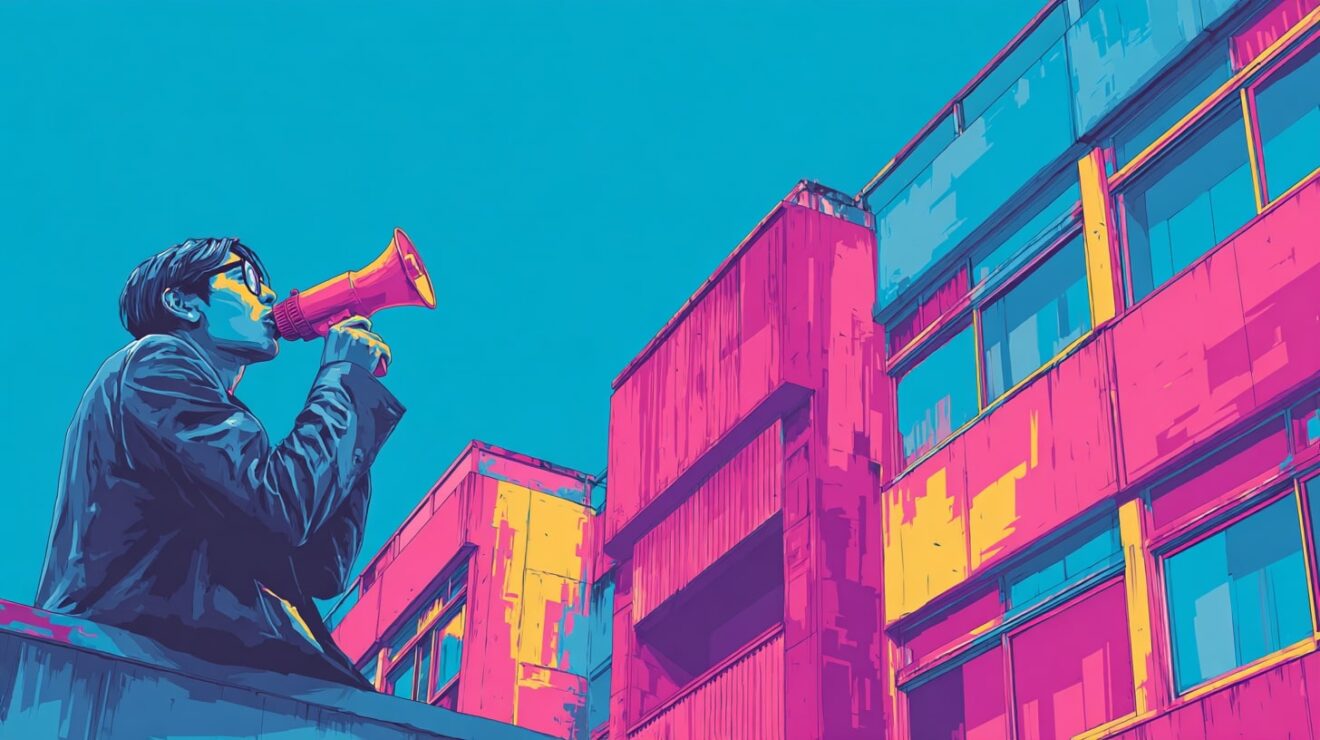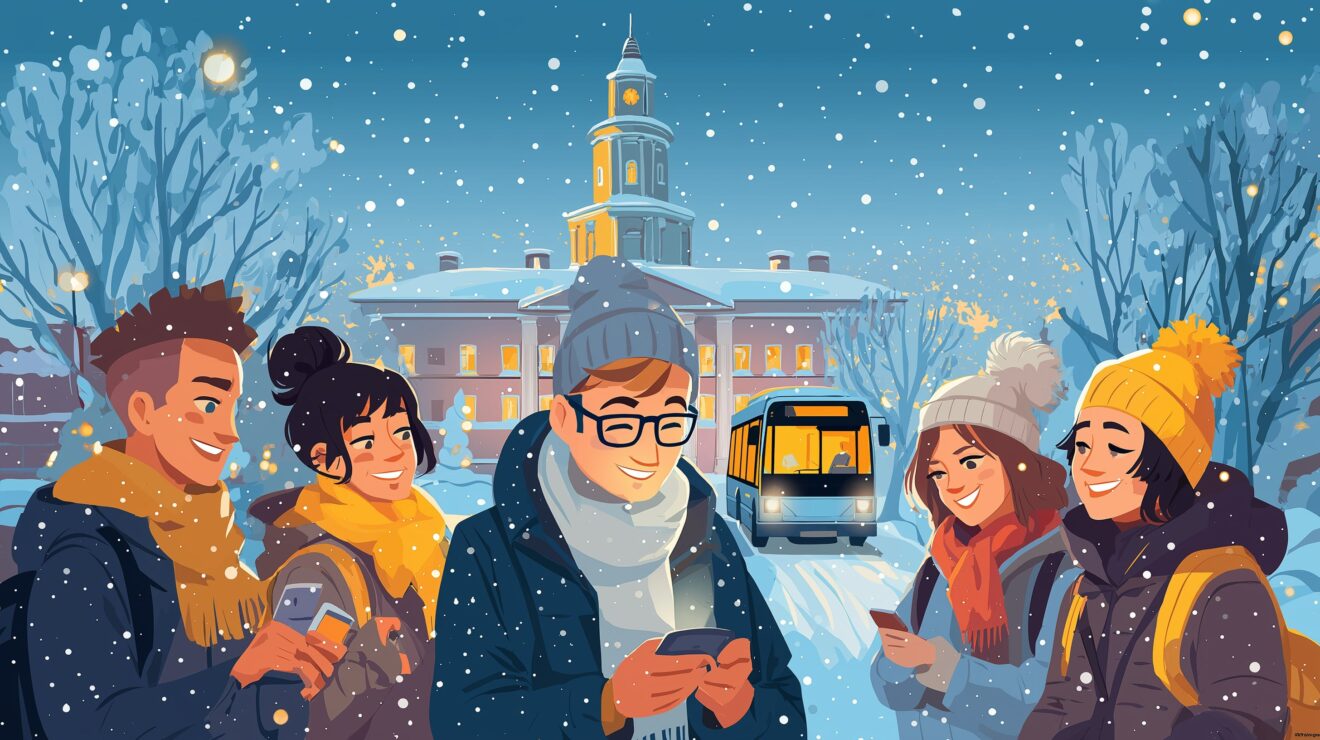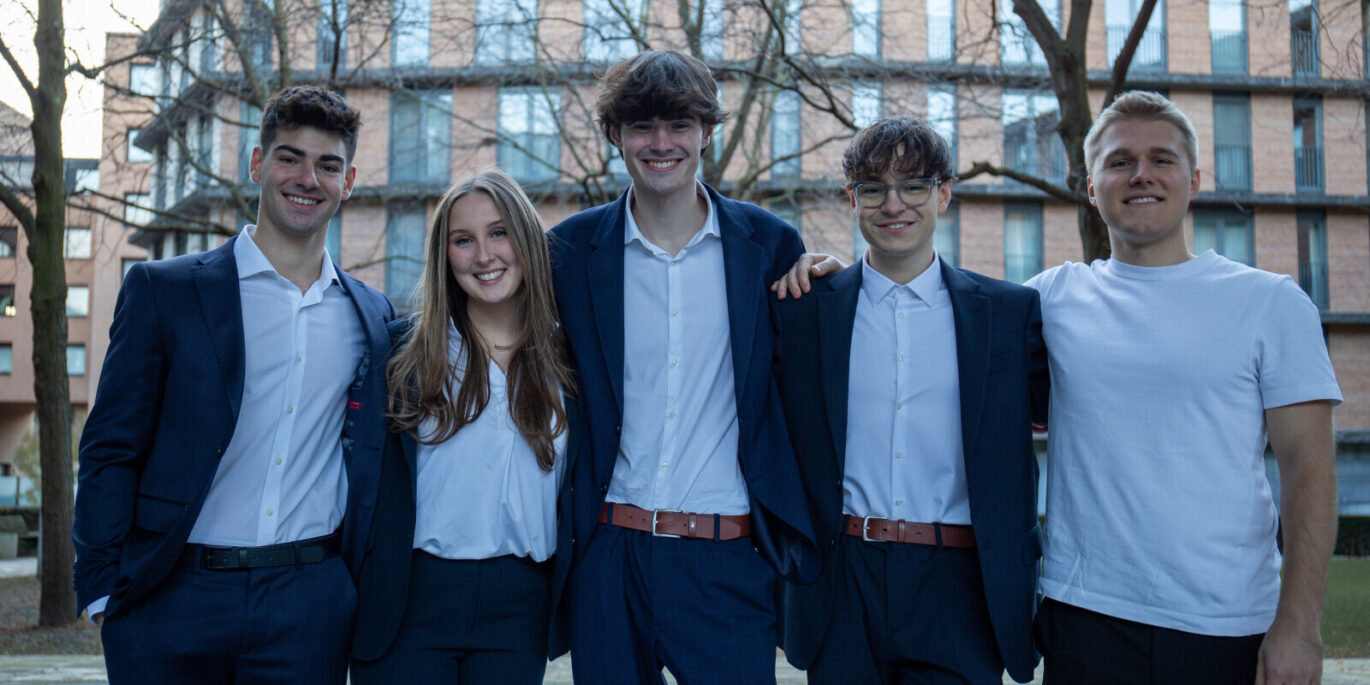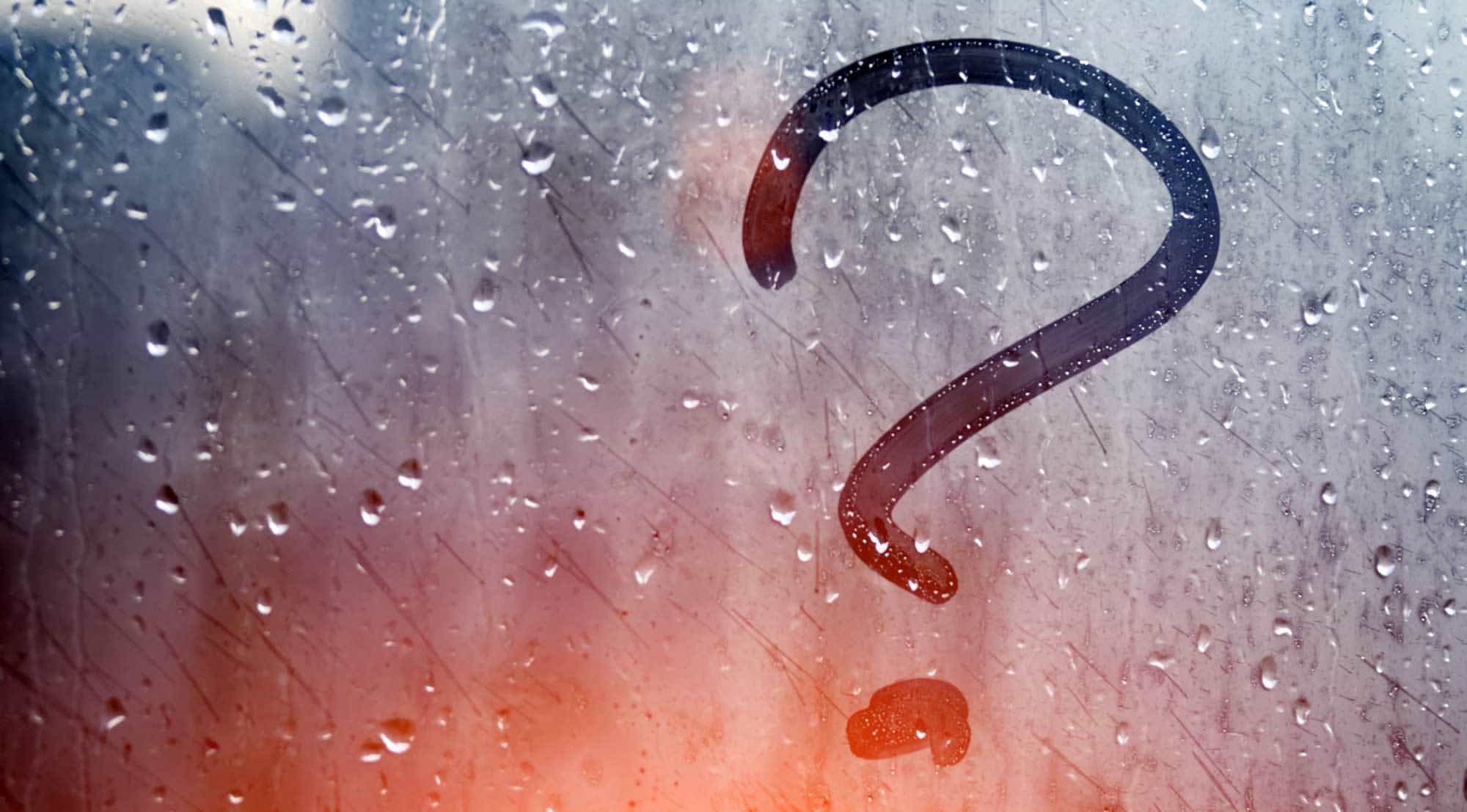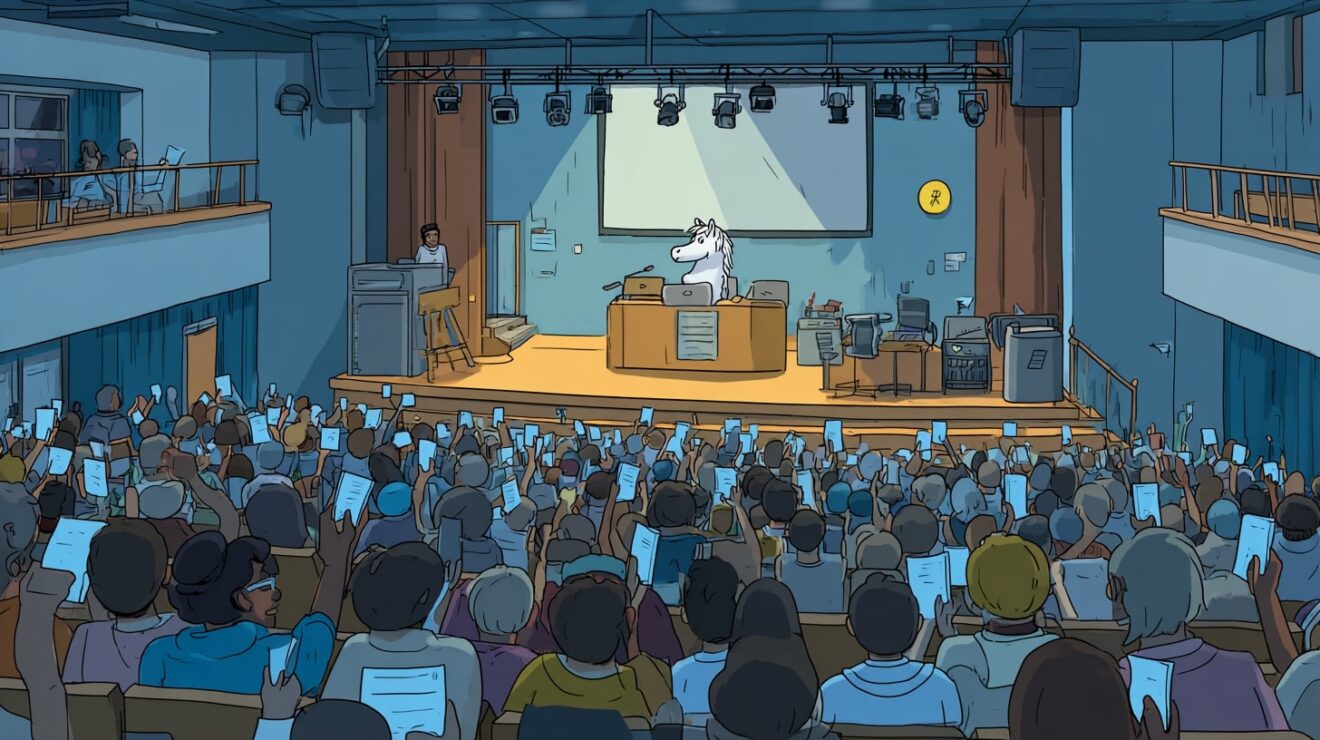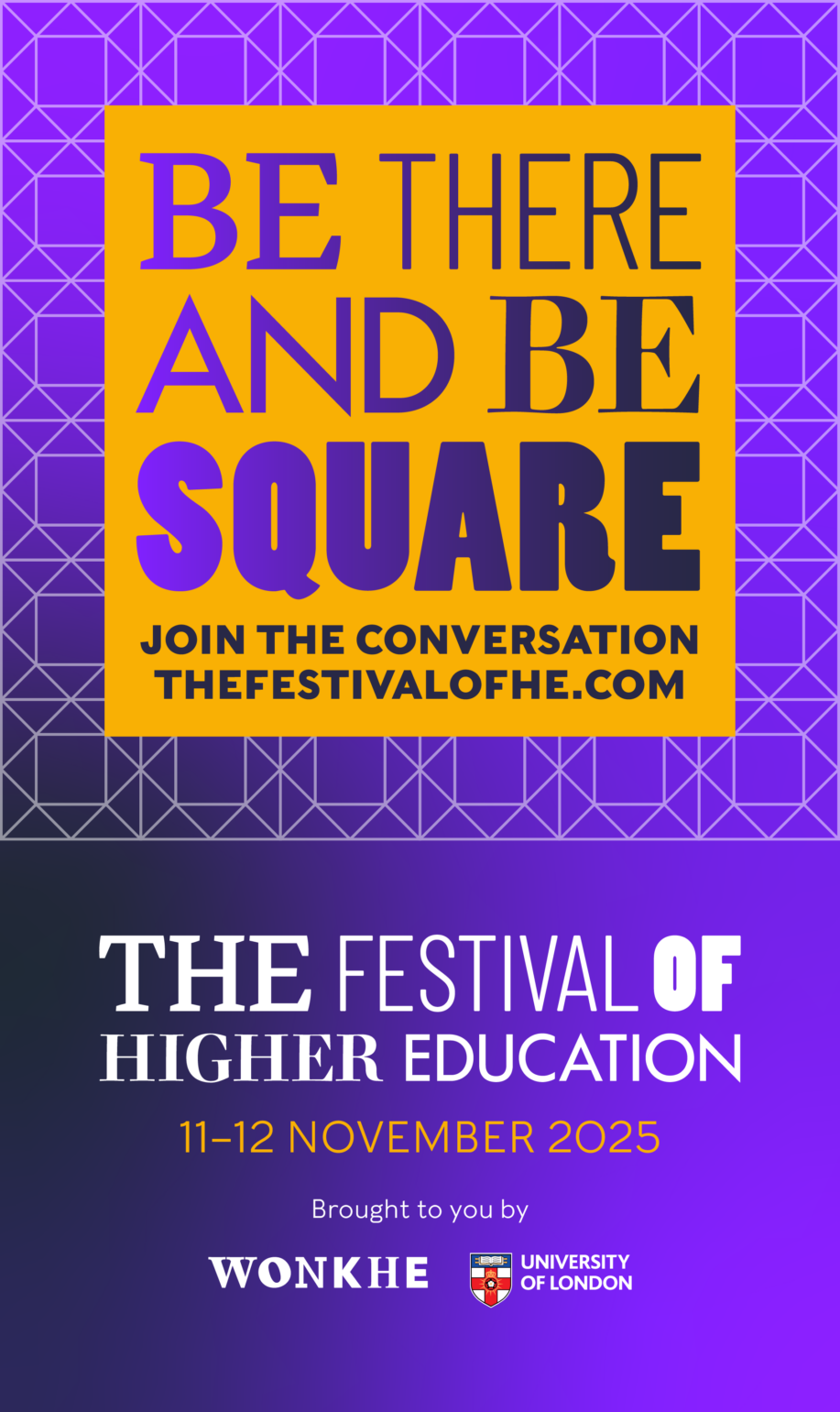Much of the focus on what the start of the new academic year will be like has been on what people will be allowed to do. This ignores two other key restrictions; what we’ll be able to do, and what people will be willing to do.
Socially distanced lectures, mask-wearing at the Freshers Fair, temperature checks at the bar. These are the sorts of measures that have been getting all the attention in the scenario planning and discussion I’ve seen.
Maybe it’s because the rules set out by the government are big things that we experience every day. Our lives are dictated by what the government says we can and can’t do – so it’s easy to see why we spend time speculating on what might change in the future.
They’re also non-negotiable, immovable pronouncements that are largely out of our hands (particularly on individual and institutional levels) that could drastically reshape our universities, students’ unions, students and communities.
That said I think we’re missing two other key types of factors beyond what we’re allowed to do.
Speculation games
If we think of “what we’re allowed to do” as the outer ring of our speculation Venn diagram, the next level in is “what we’re able to do”.
It’s all well and good being allowed to attend lectures – but what if you’re not able to travel there because of passenger limits on public transport, or not able to leave the house because you’re medically vulnerable and have been advised to follow shielding measures?
There are all sorts of factors which could restrict people’s ability to do things regardless of what the law says. If students aren’t able to access your virtual induction programme because they don’t have good enough wifi or can’t afford inflated ticket prices for a reduced number of flights to get to your campus from their home country, it doesn’t matter what the rules say.
The circle in the centre of that Venn diagram is what we’re willing to do.

What we’re allowed to do is dedicated to us by governments (as don’t forget that any staff or students currently abroad will need to be allowed and able to travel by their governments), what we’re able to do is much more about our local and personal circumstances.
What we’re willing to do is much more personal and individual.
Perception shaping
Much of what people are willing to do will be shaped by our perceptions of the risk to our health and those around us. You could be allowed and able to run services in a particular way but if people don’t feel they are safe then they won’t use them.
Look at how cautious people are about ending lockdown or reopening schools. You’d be allowed and able to do things we can’t now but lots of people would not be willing to do them.
Willingness will also depend on other priorities – like spending time and money, two resources that could be more strained than normal after an extended period of lockdown, in a recession and with other worries taking people’s attention.
By focusing on what people will be allowed to do we forget the human and societal factors that will shape their actions.
We also ignore the disparity in how certain groups will be affected and how much of the “university experience” they’ll be able to access.
Hypotheticals
Imagine two hypothetical students – which yes, are based on generalisations, but go with it.
Student A lives in the UK, is fairly wealthy and won’t be looking for paid work alongside their studies. They’re able bodied, have somewhere near campus to live with a couple of friends. Their English BA can be delivered adequately via Zoom and, as a second year student, they already have a good network of friends and people they can rely on for support.
Student B lives overseas in a region that has been hit hard by a second wave of Covid-19 so they’re not sure if they’ll be able to get a flight over in time for the start of the term. They’re worried about how things like the recession, Brexit and exchange rates will affect their ability to pay their fees, let alone their flight ticket. They’re new to the university and need to complete their course this year so will have to find a way to make it work but they’re worried that their lab sessions can’t be done online.
They’ll rely on public transport to get to campus but passenger capacities have been halved to prevent overcrowding. They hope that their lectures will be in the lecture theatres with the step-free access they require – but social distancing measures mean that’s not guaranteed, as some lecture theatres will be too small.
What might each student be allowed, able and willing to do? See how their experiences can exaggerate existing inequalities – and potentially undo efforts to build cohesive and integrated student and staff communities.

Even if we’re starting the year with everyone working and studying remotely, we know that this doesn’t wipe out inequalities and access issues. For new students joining our communities, these disparities in what some are able and willing to do are likely to manifest in unequal participation in teaching and learning, online network building and in both formal and informal social spaces.
All of which creates important questions for SUs and universities to consider in coming weeks. There will be pressures to help with institutional efforts to create solutions to some of the problems that surround the “core” of teaching and learning. SUs and others with responsibility for the student experience and equality and diversity issues will need to consider carefully the extent to which they facilitate what could be very uncomfortable trade offs where some students and staff – through no fault of their own – may not be equally or equitably allowed, able and willing to take part in student life come September.





